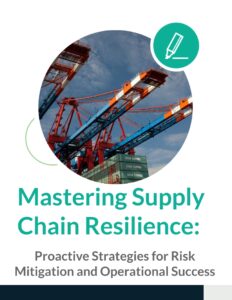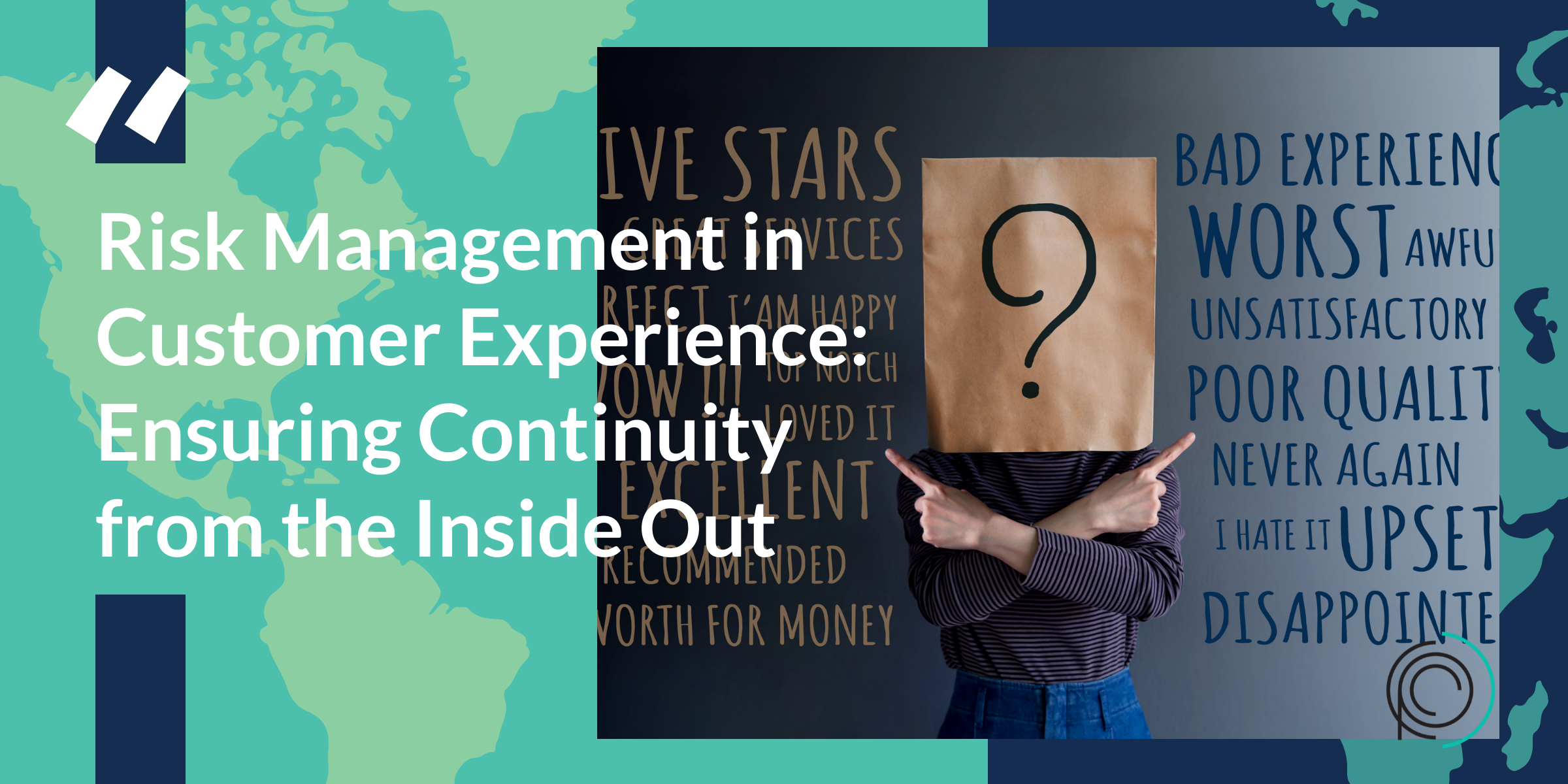Operations managers are the unsung heroes who keep everything running smoothly. Their primary focus is often on optimizing processes, reducing costs, and improving overall operational efficiency. But how do they achieve these goals? By learning from the successes of others. In this post, we will explore several case studies and real-world examples, and some of our own that highlight operational efficiency successes, providing insights and practical tips for operations managers looking to enhance their processes.
The Power of Streamlining Processes
One of the most effective ways to improve operational efficiency is by streamlining processes. This involves eliminating unnecessary steps, reducing redundancies, and automating where possible. Companies like Toyota have mastered this art through methodologies such as Lean Manufacturing, which focuses on maximizing value while minimizing waste. By implementing such strategies, Toyota has significantly reduced production time and costs, setting a benchmark for operational excellence in the automotive industry.
Streamlining processes doesn’t only apply to manufacturing; it is equally important in service industries. For example, Amazon has revolutionized the retail world with its efficient order fulfilment process. By optimizing warehouse operations and using advanced algorithms, Amazon ensures quick and accurate delivery, enhancing customer satisfaction and loyalty. This level of efficiency wouldn’t be possible without a continuous evaluation and improvement of their processes.
Operations managers can take a leaf out of these companies’ books by identifying bottlenecks in their own processes and addressing them systematically. This approach not only enhances efficiency but also cultivates a culture of continuous improvement within the organization.
The Role of Technology in Driving Efficiency
Technology plays a crucial role in enhancing operational efficiency. From sophisticated software to cutting-edge machinery, technological advancements have transformed the way businesses operate. One notable example is the use of Enterprise Resource Planning (ERP) systems, which consolidate various business processes into a single platform, providing real-time data and analytics for informed decision-making.
Consider the case of Walmart, which leverages technology to manage its vast supply chain efficiently. By implementing a robust ERP system, Walmart has streamlined inventory management, reduced stockouts, and optimized logistics, ultimately improving customer satisfaction and profitability. This success story underscores the potential of technology to drive operational efficiency in any organization.
Operations managers should explore technology solutions that align with their business needs and objectives. By investing in the right tools, they can automate routine tasks, reduce errors, and gain valuable insights into their operations, paving the way for enhanced efficiency and productivity.
Empowering Employees for Greater Efficiency
While technology and streamlined processes are essential for operational efficiency, the role of employees cannot be overlooked. Engaged and empowered employees are more likely to contribute to a company’s success and drive efficiency improvements. Companies like Google and Zappos prioritize employee empowerment and have reaped significant benefits as a result.
Google’s innovative approach to employee autonomy and creativity has led to groundbreaking products and solutions. By fostering a culture of collaboration and continuous learning, Google encourages employees to think outside the box and find innovative ways to improve operations. This not only enhances efficiency but also boosts employee morale and retention.
Similarly, Zappos is renowned for its exceptional customer service, driven by empowered employees who are encouraged to make decisions that benefit the customer and the company. This level of trust and autonomy results in faster problem resolution and higher customer satisfaction.
Operations managers can learn from these examples by empowering their teams and creating an environment where employees feel valued and motivated. By providing training, resources, and opportunities for growth, they can unlock the full potential of their workforce and drive operational efficiency.
CPC’s Case Study of Operational Efficiency Success
Contact Center
A global hospitality company wanted to upgrade its Contact Center as a Service (CCaaS) and Unified Communications as a Service (UCaaS) software for its global contact center. The main issue was a disconnect between the client and the technology provider, who failed to communicate the requirements and expected the client to navigate the process without adequate guidance.
Leveraging years of implementation experience, we adopted a structured approach to tackle the project’s challenges:
Requirements Gathering: The software company provided extensive documents for data collection. We broke these requirements into manageable sections and assigned them to the right resources.
Process Reengineering: We streamlined new call flows, leveraging the new software’s features. This included reengineering their current processes to align with future goals.
Documentation and Communication: We clarified the complexities of their processes, emphasizing that what seemed simple could be intricate once fully documented. We ensured every regional requirement was considered given the organization’s global nature.
Results
Process Improvement: We identified and revised processes needing improvement, addressing operational gaps.
Future State Prioritization: We helped the client create a list of priorities for future improvements, enhancing operations, assisting agents, and improving customer experience.
Client Empowerment: The client gained a better understanding of their processes and requirements for large-scale transformations, preparing them for future projects.
Through our detailed analysis and reengineering of the client’s processes, we identified and addressed operational gaps. This win demonstrates our comprehensive approach to improving efficiency and security, leading to a more robust operation for the client’s organization.
Data-Driven Decision-Making for Improved Efficiency
Businesses have access to a wealth of information that can inform their decisions and drive efficiency improvements. Companies that harness the power of data analytics can gain valuable insights into their operations, identify trends and patterns, and make informed decisions that enhance efficiency.
A prime example is UPS, which uses data analytics to optimize its delivery routes and improve fuel efficiency. By leveraging advanced algorithms and real-time data, UPS has reduced delivery times, minimized fuel consumption, and lowered operational costs. This data-driven approach has positioned UPS as a leader in logistics and supply chain management.
Operations managers should prioritize data-driven decision-making by investing in analytics tools and developing a data-centric culture within their organizations. By using data to inform their strategies, they can identify opportunities for improvement, measure progress, and achieve greater operational efficiency.
Sustainability as a Driver of Operational Efficiency
Sustainability and operational efficiency are not mutually exclusive; in fact, they often go hand in hand. Companies that prioritize sustainability initiatives can achieve cost savings, enhance brand reputation, and drive efficiency improvements simultaneously.
Take the example of Unilever, which has integrated sustainability into its business model through its Sustainable Living Plan. By reducing waste, conserving energy, and optimizing resource use, Unilever has not only minimized its environmental impact but also achieved significant cost savings and efficiency gains.
Operations managers can incorporate sustainability into their strategic plans by identifying eco-friendly practices that align with their business objectives. By focusing on sustainability, they can reduce operational costs, improve resource efficiency, and create a positive impact on the environment and society.
Agile Practices for Enhanced Efficiency
Agile practices, initially designed for software development, have gained traction across various industries due to their effectiveness in enhancing operational efficiency. By fostering flexibility, collaboration, and rapid iteration, Agile methodologies empower organizations to swiftly adapt to shifting market conditions and evolving customer demands. This results in faster delivery, enhanced quality, and increased customer satisfaction.
Operations managers can effectively integrate Agile practices by cultivating a mindset of continuous improvement, breaking projects into smaller, manageable iterations, promoting cross-functional teams, and embracing change. By nurturing an Agile culture within their organizations, they can boost efficiency and drive growth in today’s fast-paced business landscape.
Spotify, a global music streaming service, has embraced Agile practices to enhance its product development process. By organizing cross-functional teams into autonomous “squads,” Spotify has achieved faster product releases, improved collaboration, and greater innovation. This Agile approach has contributed to Spotify’s success in a highly competitive market.
Operations managers can adopt Agile practices to improve efficiency by fostering collaboration, empowering teams, and encouraging continuous improvement. By prioritizing adaptability and responsiveness, they can optimize their operations and drive better results.
Continuous Improvement and Its Role in Efficiency
Continuous improvement is a fundamental principle of operational efficiency, emphasizing the importance of ongoing evaluation and enhancement of processes. Companies that prioritize continuous improvement can adapt to changing circumstances, identify new opportunities, and maintain a competitive edge.
A notable example is Apple, which has incorporated the principles of continuous improvement into its operations. By continuously evaluating and refining its processes, Apple has achieved greater efficiency and innovation in product design, manufacturing, and supply chain management. This has contributed to their success as a leader in technology.
Operations managers can drive efficiency by adopting a culture of continuous improvement within their organizations. They can do this by regularly evaluating processes, seeking feedback from stakeholders, promoting innovation and experimentation, and implementing changes that support business objectives.
Efficiency is crucial for any organization striving for success. By understanding the importance of documentation, data-driven decision-making, sustainability initiatives, Agile practices, and continuous improvement; operations managers can enhance efficiency levels across all aspects of
Operations managers should foster a culture of continuous improvement by encouraging feedback, setting clear goals, and recognizing achievements. By focusing on incremental improvements, they can optimize their operations and drive sustainable success.
Collaboration and Communication for Efficiency
Effective collaboration and communication are essential components of operational efficiency. Organizations that prioritize open communication and teamwork can streamline processes, reduce errors, and achieve better results.
A prime example is Pixar Animation Studios, which fosters a collaborative culture through its open office layout and regular “braintrust” sessions. By encouraging open dialogue and diverse perspectives, Pixar has consistently produced innovative and successful films, setting a high standard for creativity and efficiency in the entertainment industry.
Operations managers can enhance collaboration and communication by implementing tools and practices that facilitate information sharing and teamwork. By fostering a collaborative culture, they can improve operational efficiency and drive better business outcomes.
The Importance of Setting Clear Goals
Clear and attainable goals are crucial for driving operational efficiency. Organizations that set specific objectives and align their efforts towards achieving them can optimize resources, measure progress, and achieve desired outcomes.
Toyota, the electric vehicle manufacturer, is known for setting ambitious goals and rallying its team toward achieving them. By focusing on clear objectives, Toyota has achieved remarkable milestones in production efficiency and innovation, positioning itself as a leader in the automotive industry.
Operations managers should define clear goals for their teams and ensure alignment with the organization’s strategic vision. By providing direction and focus, they can drive operational efficiency and achieve success.
Adaptability in the Face of Change
Adaptability is essential for maintaining operational efficiency. Organizations that can quickly respond to change and adjust their strategies are better positioned to thrive.
A compelling example is the retail giant Zara, which has built its success on a responsive supply chain that allows for rapid adaptation to changing fashion trends. By shortening design and production cycles, Zara can deliver new products to market quickly, maintaining its competitive edge.
Operations managers can enhance adaptability by fostering a culture of innovation, encouraging agile practices, and investing in flexible processes. By prioritizing adaptability, they can ensure their operations remain efficient and effective in a dynamic environment.
Conclusion
Operational efficiency is a critical driver of success for businesses across industries. By learning from the successes of others, operations managers can gain valuable insights and strategies to enhance their own processes. From streamlining operations and leveraging technology to empowering employees and prioritizing sustainability, there are numerous pathways to achieving operational excellence.
As you explore these success stories and implement best practices in your organization, remember that continuous improvement and adaptability are key to maintaining efficiency in an ever-changing world. By prioritizing these principles, you can achieve greater operational efficiency, drive business success, and position your organization for long-term growth. To get started, contact one of our consultants today.






